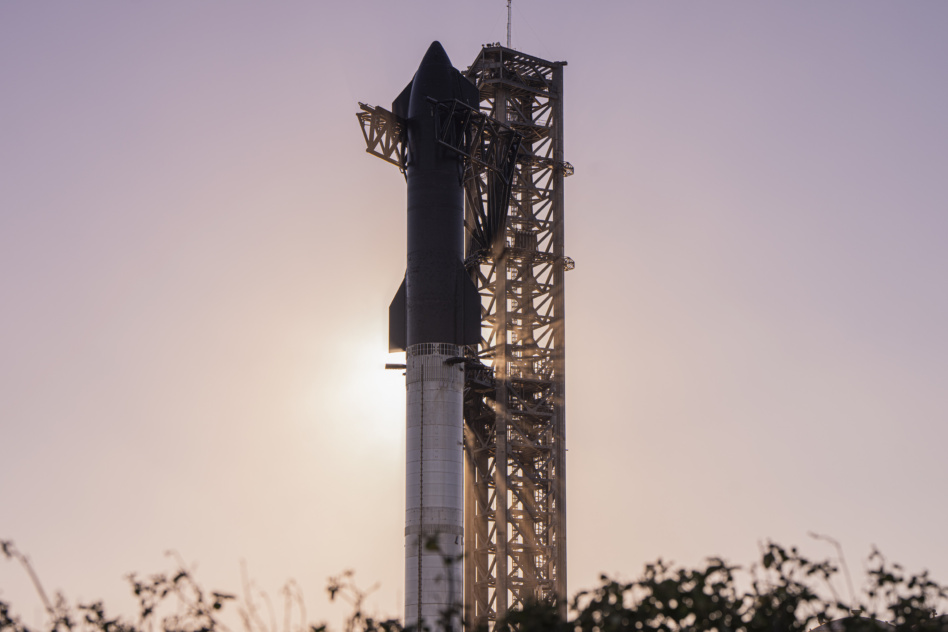The clock is ticking to get a legislative fix for mission authorization approved, according to Kelvin Coleman, the FAA’s associate administrator for commercial space transportation.
“Given that we have some momentum now and that Congress is paying attention, I would hate to lose that attention, so I do think it’s critical to get it done this Congress,” he said last week, talking with reporters on the sidelines of the Commercial Space Transportation Conference in DC. “This is an issue that’s needed to be addressed for some time now.”
There are dueling mission authorization plans in Washington:
- The administration’s proposal to divide regulatory authority for space missions between the FAA and Commerce Department.
- The House legislation to make the Commerce Department a one-stop-shop.
It’s not clear who the winner will be. Coleman backed the White House proposal, but noted that the administration published its plan after other ideas, including a push for a one-stop-shop, had “taken root already.”
Coleman also talked about other FAA priorities, including:
Taking another look at Part 450: The FAA announced it will establish a new committee to re-evaluate launch regulations written in 2021 that some in industry say has made it more difficult to work with the government. Coleman said the agency will also work with companies to help them better leverage the rule, which is designed to help authorize long-term missions rather than needing to do paperwork for each individual spaceflight.
The new committee, which needs approval from the secretary of transportation, is expected to be up the running by the fall.
The Starship in the room: Coleman said he expects to be able to issue SpaceX a launch license for Starship in mid-March, about the same time the company has publicly said it will target its third orbital attempt. It’s likely to be the first of many Starship flights in 2024—Coleman said SpaceX is targeting at least nine launches this year.
“They’re looking at a pretty aggressive launch schedule this year,” he said. “If you’re doing modifications and doing it one by one, that’s a lot of work. We’ve been talking to SpaceX constantly around the clock, talking about how do we do this?”
All hands on deck: It’s clear the FAA has a lot on its plate and, as of right now, not enough people to handle it all. Coleman said the office has 140 people, but that it needs to grow to keep pace with growing responsibilities. It’s on track to be at 157 by the end of the year.
“We’ve got a number of new companies that are coming in the door wanting to talk to us about pre-application consultation. We’ve got SpaceX neverending it seems with modifications and new licenses,” he said. “So we do need additional staff.”




